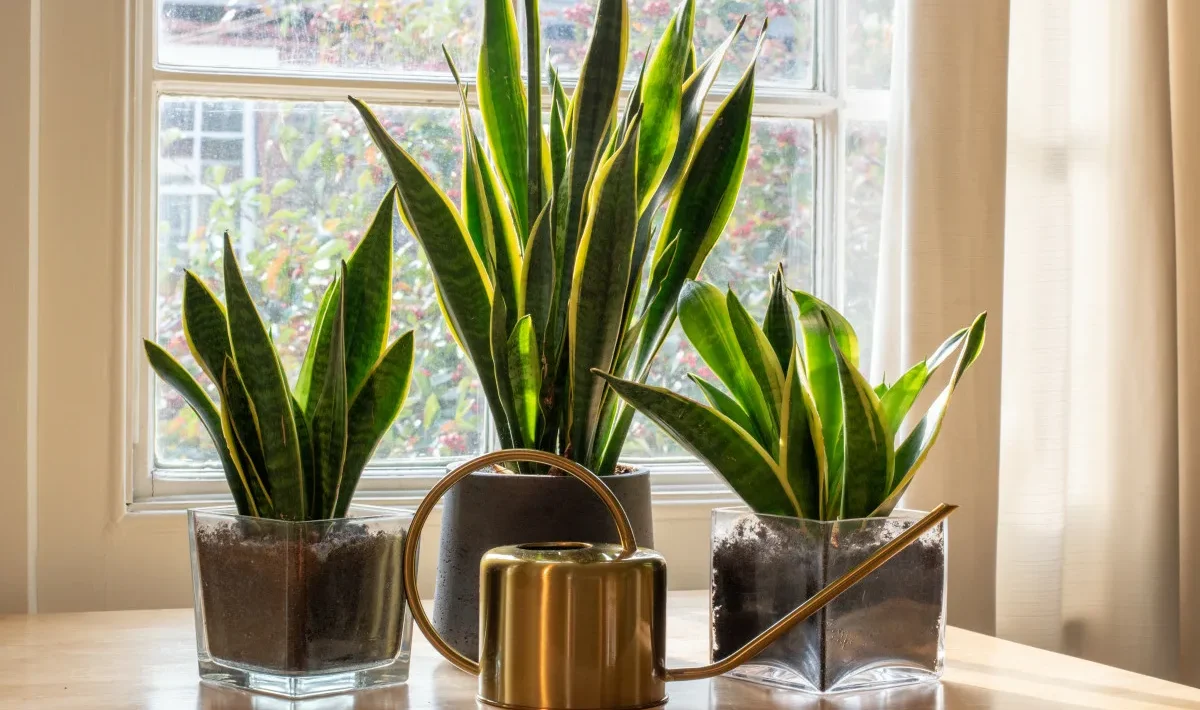A group of researchers has discovered that certain species have an amazing absorption capacity that opens the door to a new form of ecological mining.
Table of Contents
The idea that a plant can produce gold sounds like a fairy tale or medieval alchemy. However, behind this almost magical concept lies a real and fascinating scientific field known as ‘phytomining’.
A group of researchers discovered that certain plant species do not ‘create’ gold, but rather have the amazing ability to absorb it from the soil and concentrate it in their tissues, opening the door to a new form of ecological mining.
Alzheimer’s: the incredible Argentine discovery that could change the way it is detected forever
The process, although complex, is based on a natural principle. It all starts in soils that already contain gold particles, often in concentrations so low that extraction using traditional methods would be unfeasible and economically ruinous. This is where the biology of certain plants comes into play as an innovative solution for recovering this precious metal that would otherwise be lost.
Scientist Chris Anderson, one of the key figures in this field, demonstrated that plants such as eucalyptus and Indian mustard (Brassica juncea) are particularly efficient at this task. To facilitate the process, scientists introduce a chemical agent into the soil that dissolves the gold particles, making them ‘assimilable’ by the plant’s roots.
In this way, the dissolved gold is absorbed along with water and other nutrients.
Once inside the plant’s organism, the plant acts as a kind of biological pump. The gold travels through the vascular system and accumulates in the form of nanoparticles, mainly in the leaves and stems. The plant is not harmed by this process; it simply stores the metal throughout its life cycle as if it were a natural bioaccumulator.
Far from the image of harvesting gold nuggets directly from the branches, the final step requires an industrial process. Once the plants have accumulated a significant amount of metal, they are harvested and then incinerated. The resulting ashes contain concentrated gold, which must then be separated and refined using conventional metallurgical methods to obtain pure gold.
Phytomining is a technique that requires very specific conditions: soil containing gold, the use of chemicals for its dissolution, and infrastructure for large-scale harvesting and incineration. Its true value lies in its potential as a more sustainable and less invasive alternative to open-pit mining.

These are the five perfect plants to sow now: they will bloom in spring and are very easy to care for
The greatest benefit of this method is its environmental impact. It could be used to extract valuable metals from contaminated land or mining tailings, helping to clean up the environment while generating economic benefits. In addition to gold, research is being conducted into the ability of other plants to accumulate platinum, palladium, and other rare metals, which could revolutionise the way we obtain strategic resources.
In short, although there is no magic plant that generates gold out of thin air, science has found a way to use nature to harvest it from the earth. Phytomining thus represents a promising bridge between botany and metallurgy, a technique that, while it will not end poverty overnight, does offer a greener and more sustainable horizon for the future of the mining industry.





